Zamosc Valley
6.59
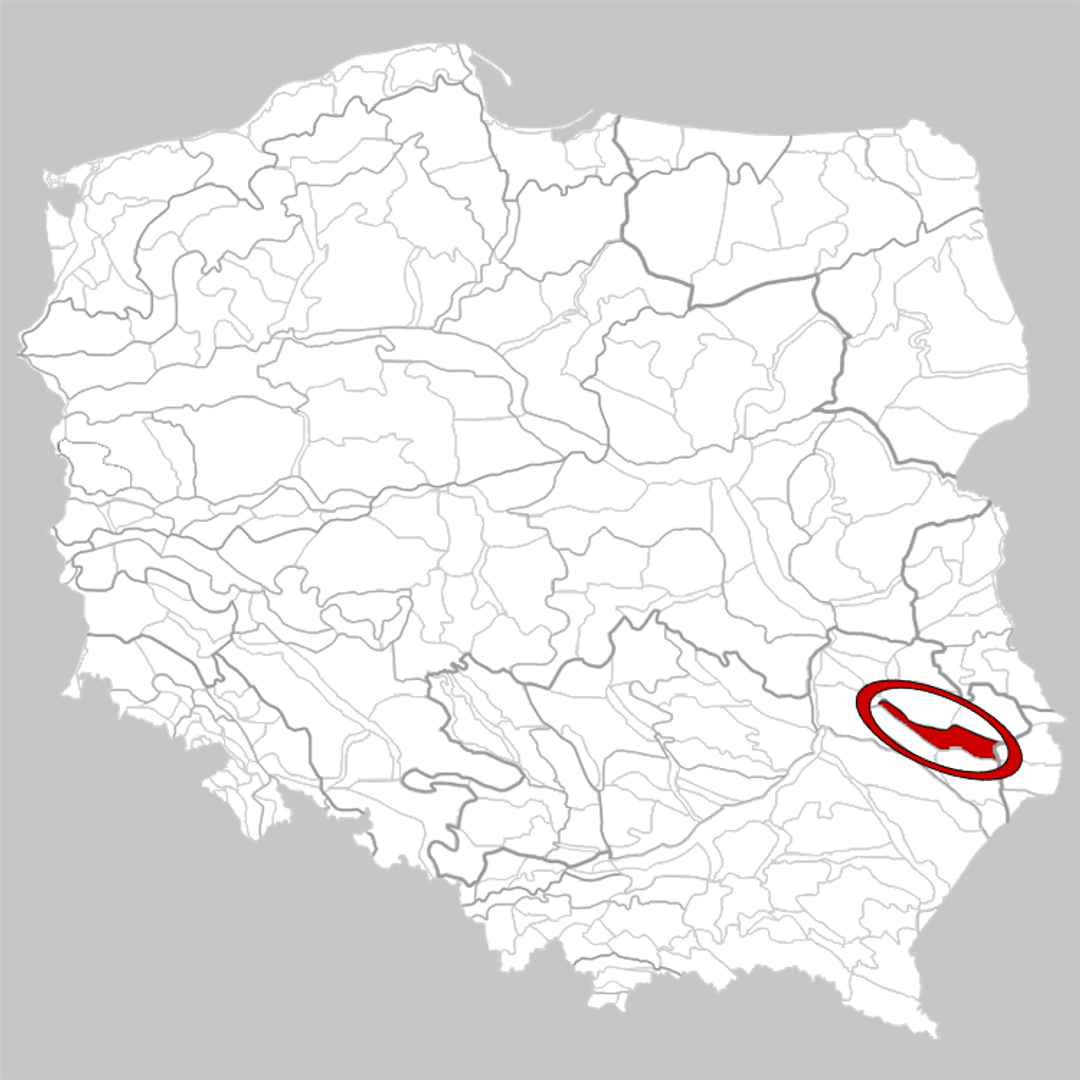
Overview
The Zamość Valley (Padół Zamojski) is a physiographic mesoregion located in the southeastern part of the Lublin Upland in eastern Poland. It is bordered to the north by the Giełczew Upland and the Grabowiec Highlands, and to the south by the Roztocze region. The area is characterized by an extensive depression, with elevations ranging from 180 to 220 meters above sea level, formed in soft Upper Cretaceous marls. The soils in the valley are diverse, including podzols, alluvial soils, rendzinas, and brown soils, which gives the region a distinctly agricultural character.
The main river of the area is the Wieprz, which divides the valley into two parts: the Por River basin to the west and the Łabuńka River basin to the east. The central city of the region is Zamość, renowned for its historic architecture, charming townhouses, and unique urban layout, which was inscribed on the UNESCO World Heritage List in 1992. Often referred to as the "Pearl of the Renaissance," Zamość boasts impressive Renaissance buildings such as the town hall, cathedral, and defensive walls, reflecting the city's rich cultural heritage.
Other towns in the region, such as Szczebrzeszyn, Łabunie, Nielisz, Turobin, and Radecznica, also hold local cultural and historical significance. Interestingly, Zamość was founded by Jan Zamoyski, which helped establish the city as one of Poland's most important centers of culture and learning. The region is also known for its folk traditions, and the distinctive landscape of the valley offers opportunities for outdoor activities and exploring the beauty of the local nature.
Location
You can also find here:
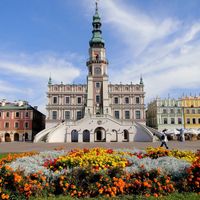
Zamość
8.44

Zamość Synagogue
7.6
Old Town, Zamość
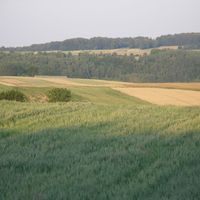
Skierbieszów Landscape Park
7.43

The Cathedral of the Resurrection of the Lord and St. Thomas the Apostle in Zamość
7.36
Old Town, Zamość

Zamość Town Hall
7.35
Old Town, Zamość
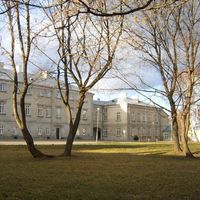
Zamoyski Palace in Zamość
7.31
Old Town, Zamość
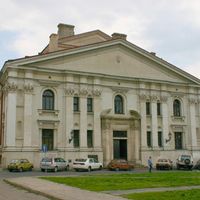
Church of the Annunciation of the Blessed Virgin Mary in Zamość
7.3
Old Town, Zamość
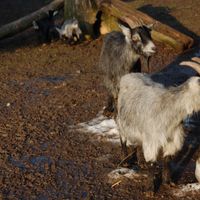
Zamość Zoo
7.3
Zamość

Zamość Rotunda
7.3
Zamość

St. Catherine's Church in Zamość
7.22
Old Town, Zamość
2025 Wizytor | All Rights Reserved